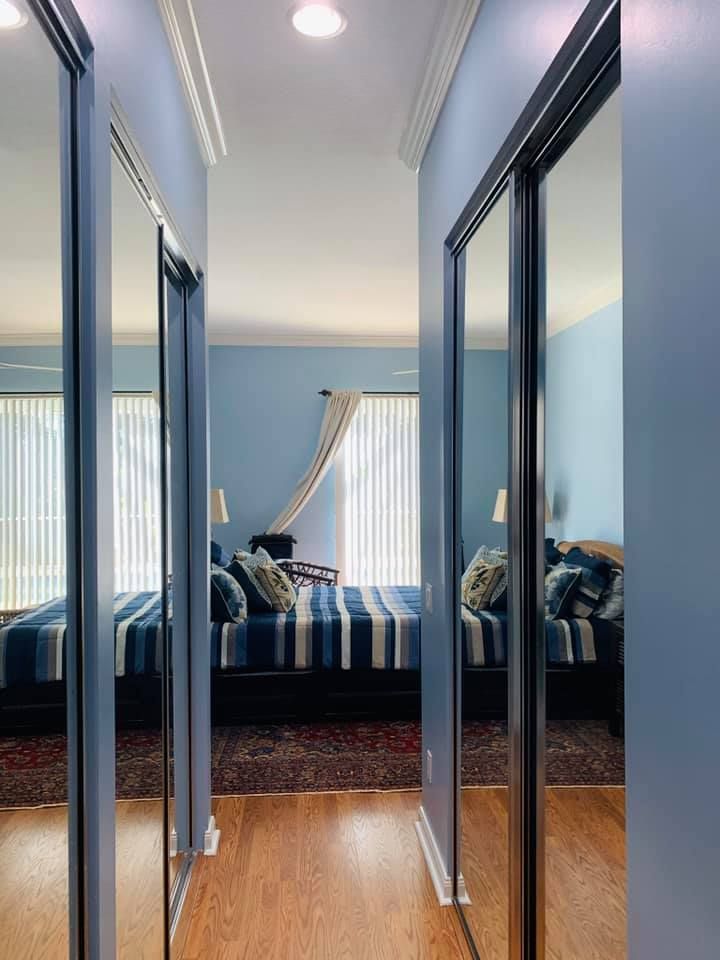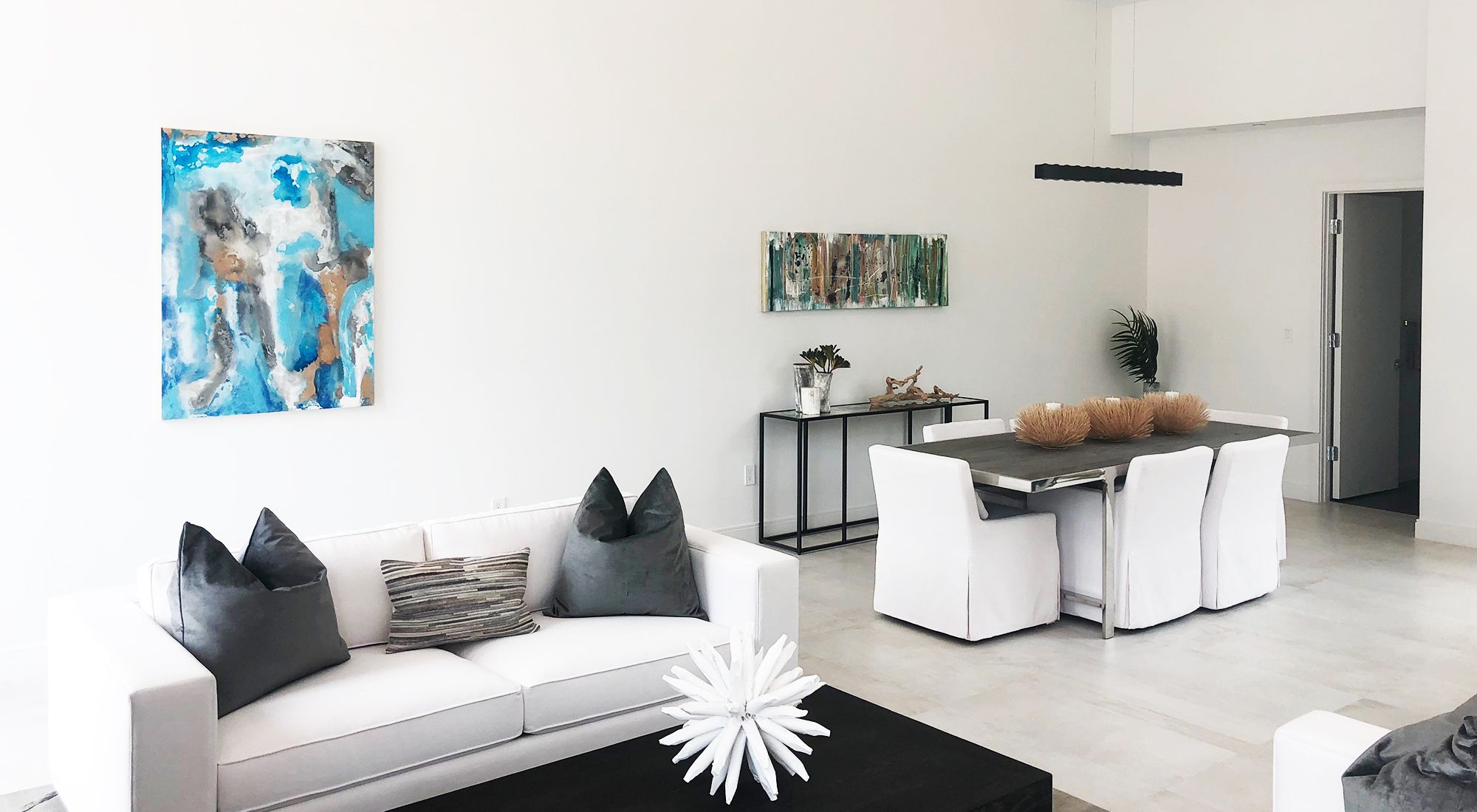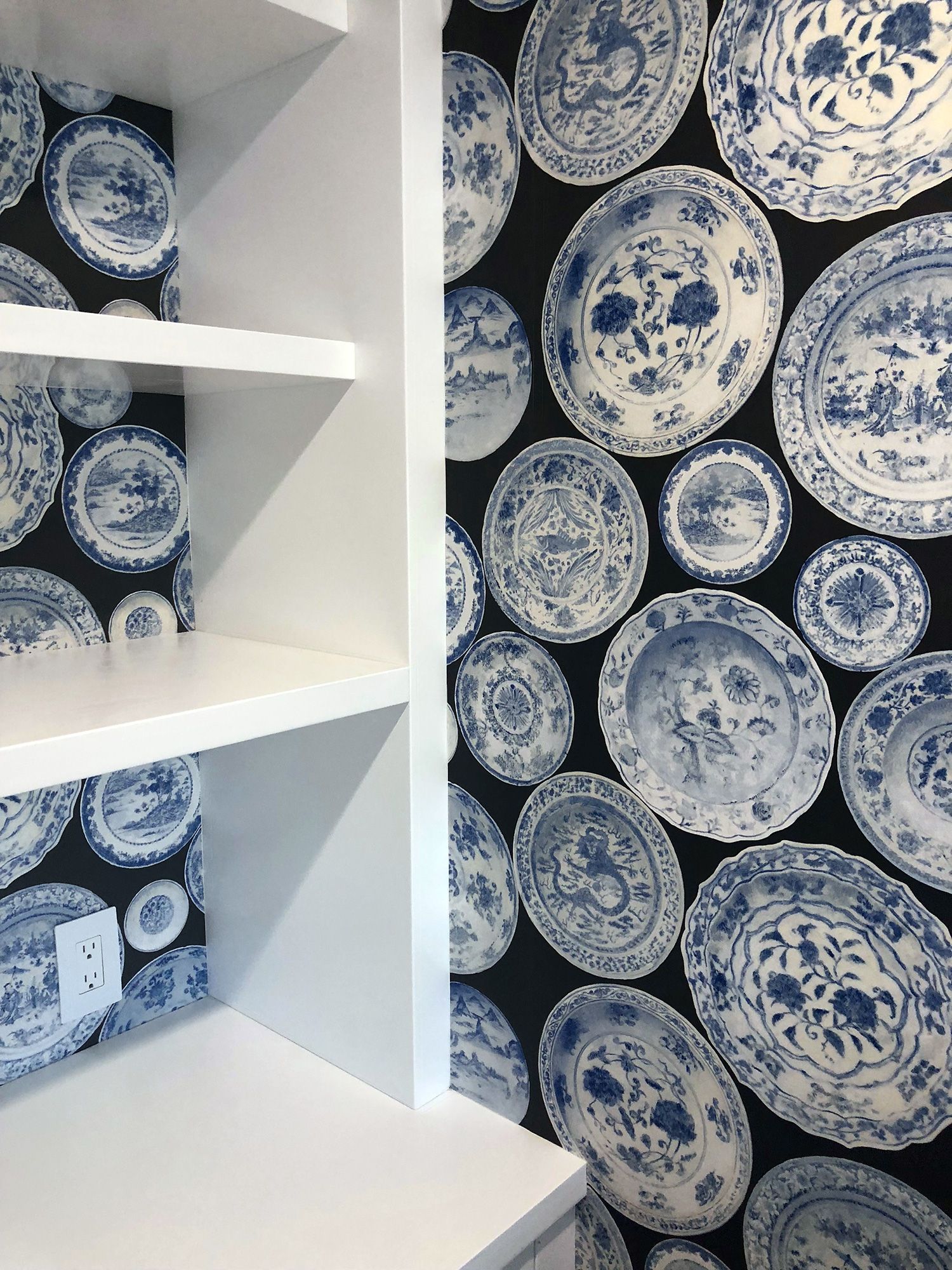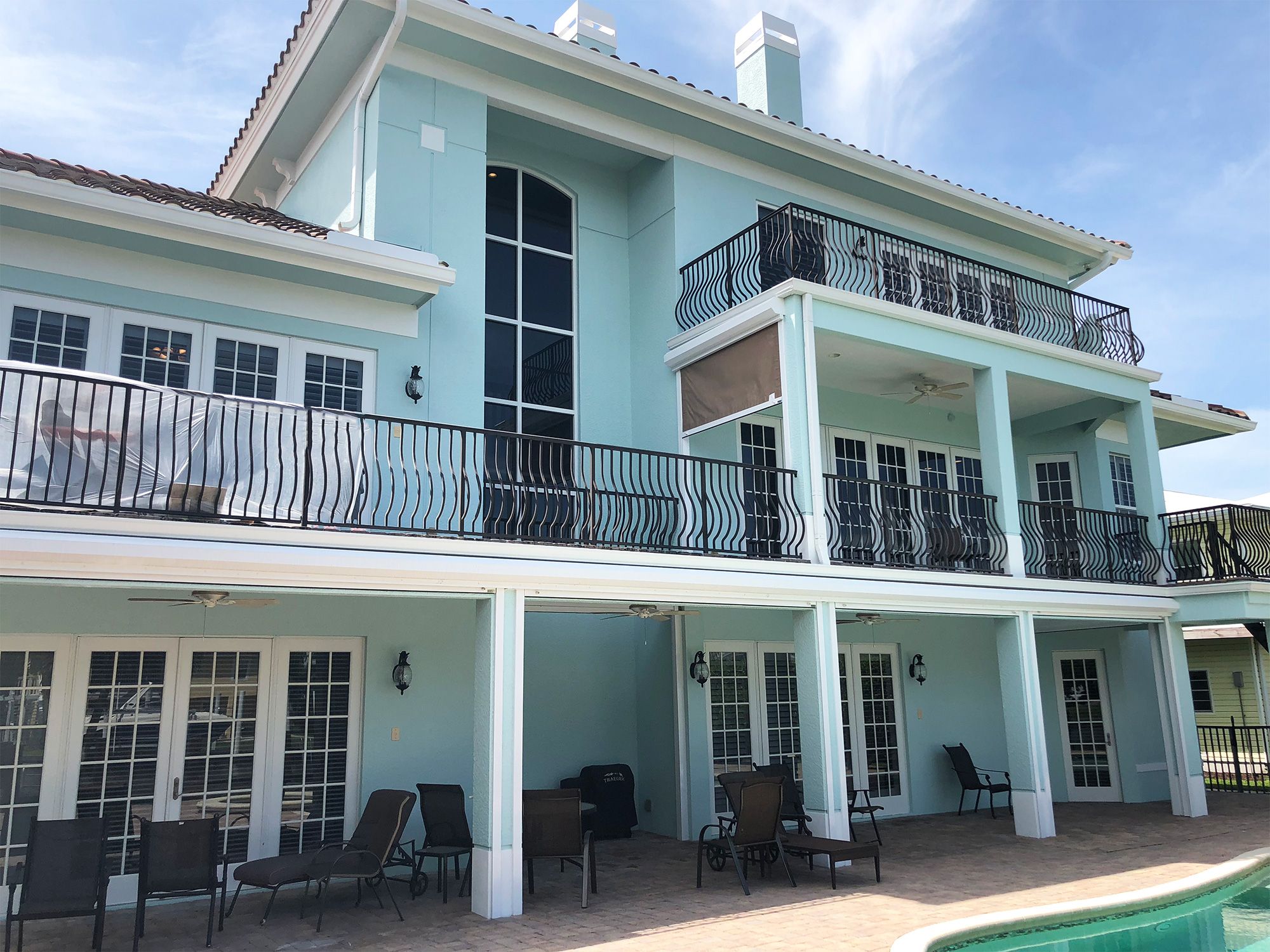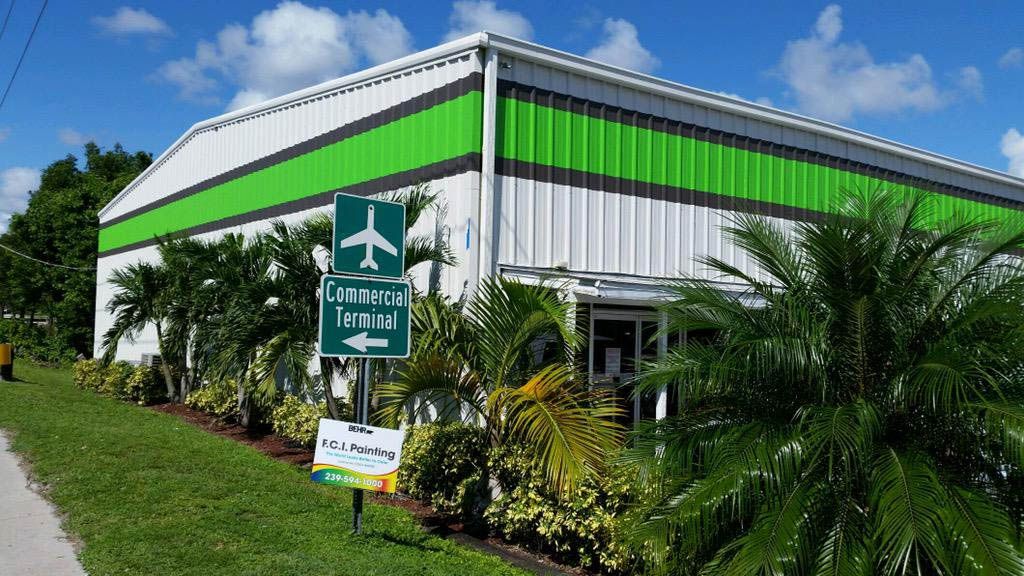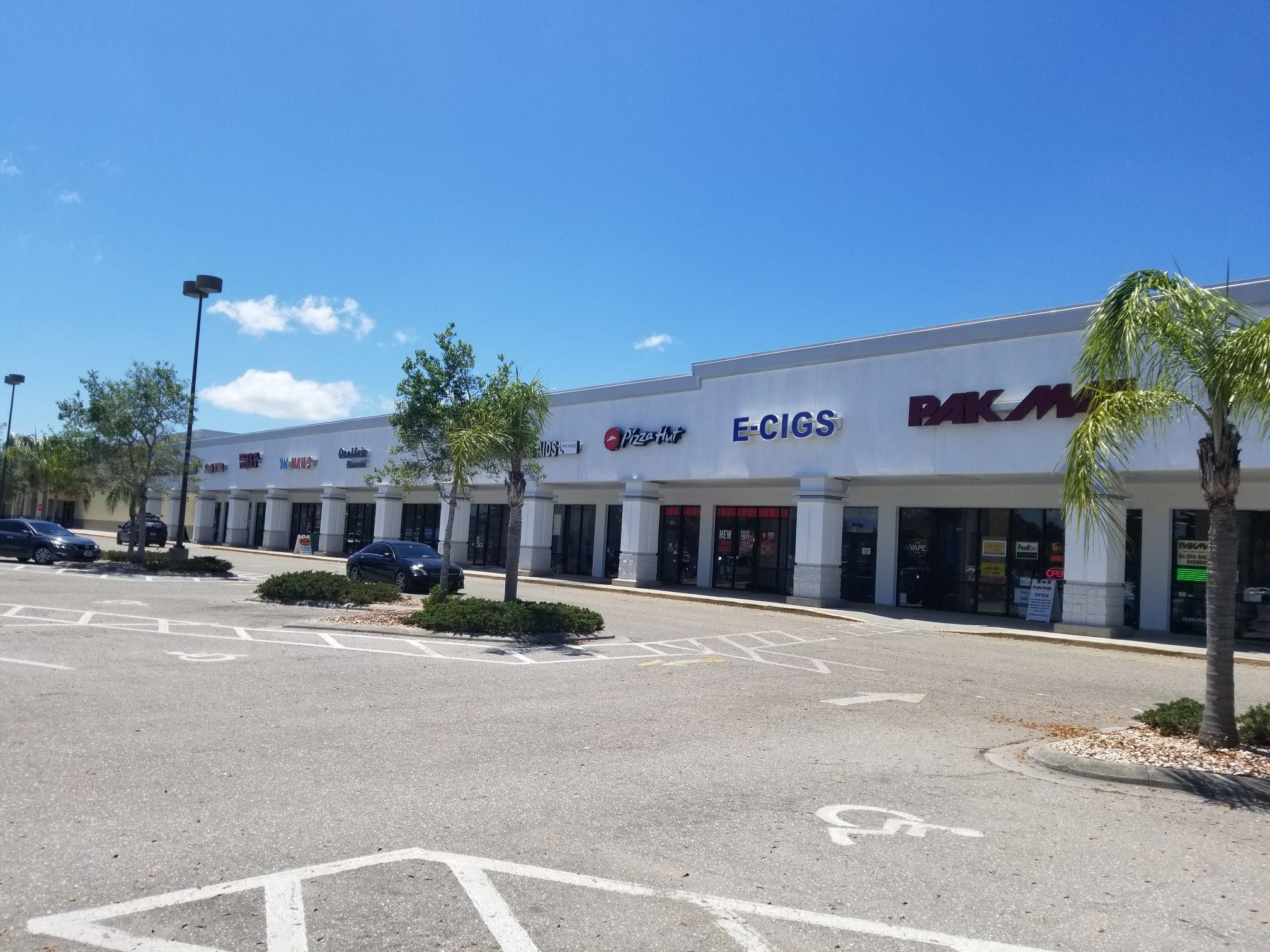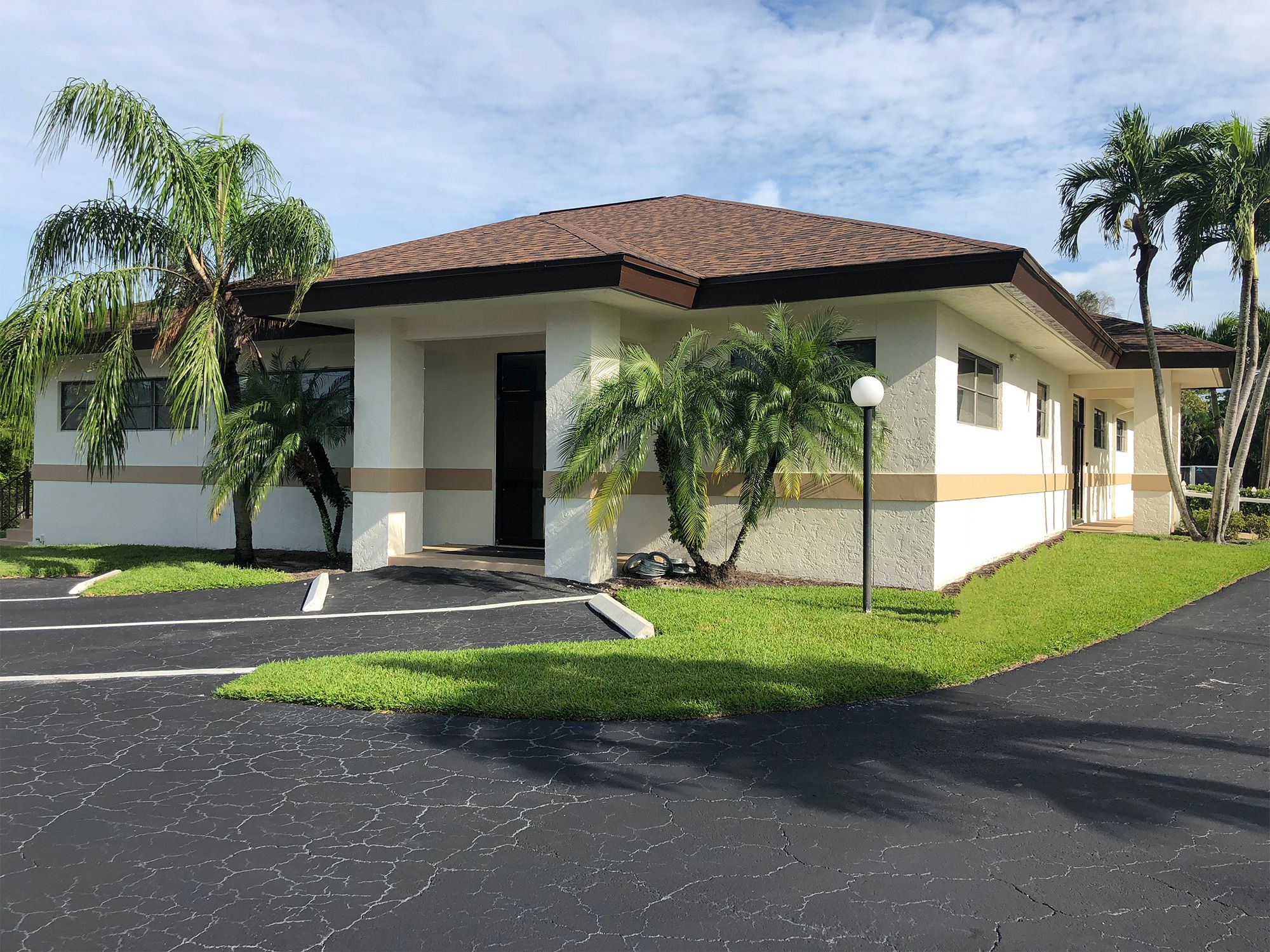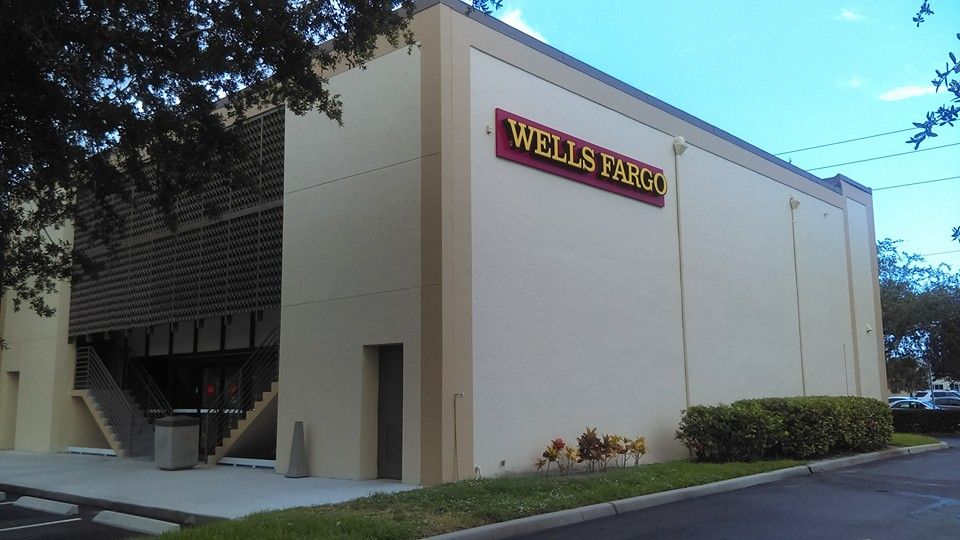
Signs Telling You It’s Time to Replace Your Drywall
“They don’t make them like they used to” is a frequent complaint by older homeowners and long-experienced homebuilders. Today’s average lifespan of many construction materials and appliances seems far less than the lifespans homeowners tracked in houses built 100 and even 50 years ago. Fortunately, your home’s most visible interior feature—the walls—comes with a reasonably robust lifespan, provided they’re constructed with drywall.
Primarily made of gypsum combined with hardening agents and sheathed in paper or other covering, drywall can last 70 years or longer in ideal conditions. Absent ideal conditions, drywall has an average lifespan of 30 to 50 years. Unfortunately for us here in humid southwest Florida, one of the conditions that may limit drywall’s lifespan is moisture, though a thorough coating of interior paint can help protect its longevity.
The inevitable march of time and other external factors will eventually catch up to your drywall and necessitate replacement or corrective action. With decades of experience painting and caring for drywall in Naples, Florida-area homes and businesses, the expert interior painters at FCI Painting can help you assess the condition of your interior drywall and point out the signs indicating the need for its replacement or repair. Let’s start with moisture and water damage.
H20—The Most Common Source of Drywall Damage
Moisture and water from leaks are responsible for most drywall damage and reduction in drywall lifespans. Limited to moderate discoloration in the walls, especially if they haven’t been painted in a while, typically represents mild moisture damage caused over time by humidity or more abruptly by a small leak. In many cases, discolored drywall can be fixed by drying the wall, patching any minor damage, and repainting. Severe or extensive discoloration, especially when combined with deterioration, mold, crumbling, or bulging, usually necessitates drywall replacement.
If a leak is responsible for discoloration or other damage, you should address it before repairing or fixing the drywall. If the discoloration seems to result from longer-term humidity problems, absent accepting shorter drywall lifespans, you’ll need to consider air conditioning/de-humidification in that room. You can also install pricier moisture- and mold-resistant drywall used in bathrooms, which should last longer in the presence of chronic moisture than standard drywall.
H20 Often Leads to Mold
Water buildup in your drywall will inevitably lead to the growth of mold. If you have visible signs of mold, it could also grow on your drywall’s interior sections. If it’s not stopped, it will shorten the lifespan of your drywall by eating at the organic materials within it. Some mold spores can cause allergies and other illnesses, so eliminating the moisture source and killing the mold or replacing the compromised drywall is always a good idea. Replacement is the best option if the drywall is soft to the touch and/or extensively covered with mold.
Bumps, Bulges, and Buckling on Your Drywall
When too much water from leaks and longer-term humidity gets in the drywall, it can cause bumps, bulges, and buckling at the seams. If you notice these malformations without discoloration, it is usually caused by house settling or shoddy installation, such as overdriven screws. Some bumps, bulges, and buckling can be repaired, but in most cases, the best fix is to replace compromised drywall panels with new ones and give the wall a fresh coat of paint.
You Can’t Blame H20 for Cracks
When you find cracks in your drywall, don’t seek out leaks or wonder whether humidity might play a role. In almost all cases, drywall cracking is caused by misplaced seams that create weak points vulnerable to pressure from nearby door and window frames and home settling. You can patch minor cracks with joint compound and crack coating, but they may emerge again. Larger gaps should be addressed by removing the compromised drywall and replaced in a manner that provides it with more structural integrity.
About That Hole in Your Wall
If you’ve got a small hole in your drywall, say from a lack of a doorstop to prevent the doorknob from hitting the wall, it and other minor holes can easily be patched with joint compound. However, you should consider replacing drywall panels that contain multiple small holes or any larger holes exceeding six inches, as they can compromise the structural integrity of your wall.
Naples, FL FCI Painting Delivers More than Just a Great Paint Job
With more than 25 years of professional painting experience in southwest Florida, FCI painting can assess your drywall to determine whether it’s ready for interior painting, needs replacing, or needs some advanced patchwork. Our professionals can address minor drywall problems —such as patching that doorknob hole—as part of our prep work, but we may need to refer you to a professional drywaller to address significant damage or deterioration. For more details on how we have we have helped thousands of Naples, Florida-area homeowners beautify their interior spaces, contact FCI Painting online or call us at (239) 435-1001.

